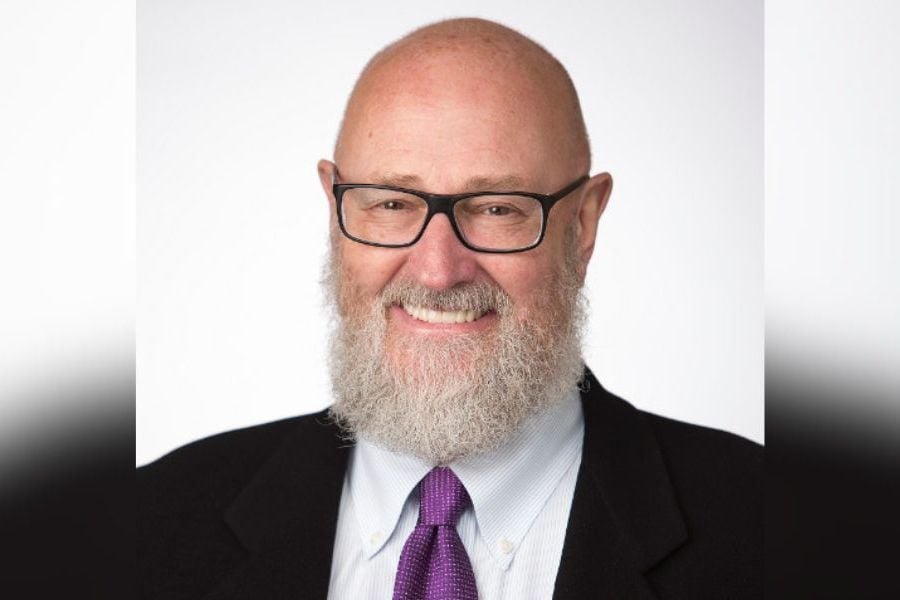

Investors and financial advisors waiting for gold to start glittering again may have to wait a little longer.
Gold has been hovering around $2,000 an ounce since the start of 2023, failing to break far above that level in the face of repeated, and ferocious, Fed rate hikes. Also not helping the yellow metal’s ascension of late is a so-called “summer lull” that's keeping institutional buyers on the sidelines.
Well, more precisely, the Hamptons or Cape Cod, but still, gold has been stuck, raising the question of what it will it take to unstick it.
“The summer lull shouldn't really be a major feature, but there are still plenty of people, especially in the hedge fund community, who believe that it's going to be major, so they sell in anticipation of it,” said George Milling-Stanley, chief gold strategist at State Street Global Advisors.
“I think once that's over, once we move on to Indian wedding season, which typically comes around October and lasts for about six months, then I think that we will be off to the races,” Milling-Stanley said.
Not all financial advisors see gold as glittering, however. Nicholas S. Lamb, financial coach at SageView Advisory Group, for one, would rather stick with equities than stock up on the yellow metal.
“While investing in gold appeals to many retail investors, over the long run it tends to underperform a diversified portfolio of stocks," Lamb said. "Since most investors have a long-term perspective, investing in gold directly isn’t something we typically recommend.”
“Due to its often volatile nature gold could be considered, along with other alternative investments, for long-term investment with an allocation of 5-10% or less in a portfolio,” said Laurie Humphrey of Granite Financial, which is part of Osaic.
As for who is buying the yellow metal, generationally speaking, State Street Global Advisors recently completed a study that showed millennials have overtaken baby boomers in terms of their gold holdings. On average, the millennials surveyed had 18% of their portfolios in gold compared to boomers and Gen X, with 10% each.
Milling-Stanley, a boomer himself, says he was surprised to find that millennials have overtaken his generation and Gen X as well when it comes to an appreciation for gold. One would have believed that millennials would favor a modern store of value like crypto, instead of an ancient one.
“I think that millennials were very interested in cryptos, but that goes back four or five years and certainly goes back prior to last year's disaster for cryptos, when the crypto universe as a whole lost two-thirds of its market capitalization of $3 trillion. It went from $3 trillion down to $1 trillion. That kind of volatility really means that cryptos are not a competition for gold as a long-term strategic asset,” Milling-Stanley said.
While he doesn't see crypto as competition for gold and its role in a portfolio, he has nothing against digital currencies as speculative assets.
“It can be a punt, it can be a fun punt, but you've got to get your timing right and you've got to be very, very careful with it,” Milling-Stanley said.

The leadership changes coming in June, which also include wealth management and digital unit heads, come as the firm pushes to offer more comprehensive services.

Strategist sees relatively little risk of the university losing its tax-exempt status, which could pose opportunity for investors with a "longer time horizon."

As the next generation of investors take their turn, advisors have to strike a fine balance between embracing new technology and building human connections.

IFG works with 550 producing advisors and generates about $325 million in annual revenue, said Dave Fischer, the company's co-founder and chief marketing officer.

Five new RIAs are joining the industry coalition promoting firm-level impact across workforce, client, community and environmental goals.
RIAs face rising regulatory pressure in 2025. Forward-looking firms are responding with embedded technology, not more paperwork.
As inheritances are set to reshape client portfolios and next-gen heirs demand digital-first experiences, firms are retooling their wealth tech stacks and succession models in real time.
